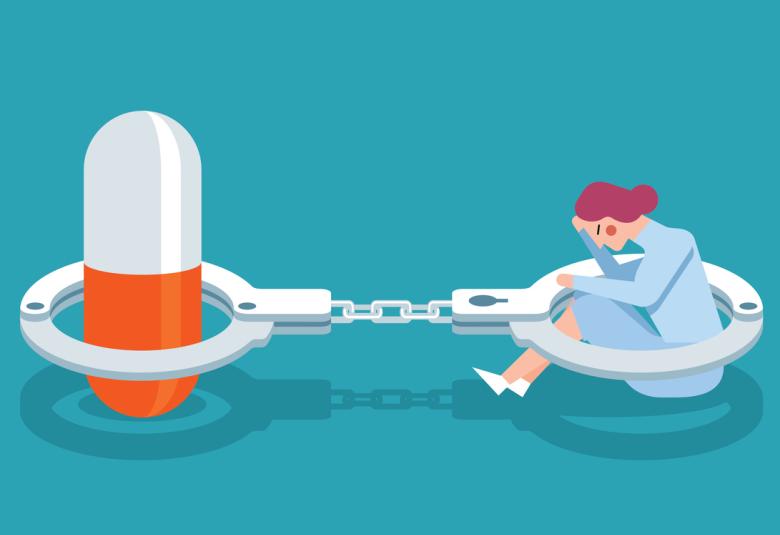At the 16th European Headache Congress, Dr Nicolas Vandenbussche, Gent, Belgium, provided an update on current knowledge of medication overuse headache (MOH) and approaches to management. The pathophysiology of MOH is incompletely understood and the optimal therapeutic approach to MOH is still a matter of debate amongst physicians and is the subject of ongoing clinical research.
Burden of medication overuse
MOH affects around 2% of the global population and is ranked in the top 20 most disabling disorders resulting in a total of 9.5 million years lived with disability and an annual socioeconomic cost of €37 billion in Europe.1-3 In fact, the societal costs of treating MOH are three times higher than those of treating episodic migraine.3
Medication overuse headache affects around 63 million people worldwide4 and is associated with high disability and socioeconomic burden
MOH defined
First recognized in the 1930s and associated with ergotamine overuse, the third edition of the International Classification of Headache Disorders defines MOH as a chronic headache disorder occurring secondary to a pre-existing headache syndrome.5 The headache occurs on ≥15 days/month and develops as a consequence of regular overuse of acute or symptomatic headache medication (on >10 days or >15 days/month depending on the medication) for more than 3 months.4,5
The pathophysiology of MOH is still incompletely understood, but research suggests structural and functional changes in both the central and peripheral nervous system may be involved,6 explained Dr Vandenbussche. The most important risk factors for MOH are female gender, low social status, other chronic pain disorders, stress, physical inactivity, obesity, smoking, substance abuse and psychiatric disorders such as depression or anxiety.3
Structural and functional changes in both the central and peripheral nervous system may be involved in medication overuse headache
Impact of acute migraine medication
Several acute migraine therapies are associated with MOH, including opioids and triptans.7 Among the newer acute therapies, evidence from animal studies suggests that the 5-hydroxytriptamine (5-HT)-1F agonists (ditans) may have potential to induce MOH, in analogy to triptans, while small molecule calcitonin gene-related peptide (CGRP)-receptor antagonists (gepants) may only to a smaller degree cause MOH.7
MOH treatment strategies
Strategies combining preventive treatment and withdrawal of drug overuse may be preferred over other strategies for MOH based on new clinical data
The optimal therapeutic approach to MOH is still a matter of debate explained Dr Vandenbussche and requires validation in controlled trials. Firstly, patients need education and counselling to reduce intake of acute headache medication. Secondly, some patients may benefit from drug overuse withdrawal, and lastly preventive drug therapy and non-medical prevention may be necessary.8
Strategies combining preventive treatment and drug overuse withdrawal may be preferred over other strategies for MOH based on new clinical data. In a randomized trial with 6 months follow-up, all 3 treatment strategies – comprising withdrawal plus preventive treatment, preventive treatment without withdrawal, or withdrawal with optional preventive treatment 2 months after withdrawal – were found to be effective in reducing number of headache days/month.9
Preventive treatment with an anti-CGRP mAb is shown to reverse the dual diagnoses of chronic migraine and MOH in around one-third of patients
Almost all patients (97%) in the withdrawal plus preventive treatment group were cured of MOH at 6 months, more than patients in the other 2 groups, which suggests that withdrawal therapy combined with preventive medication from the start would be the preferred strategy.9
Data from clinical trials and real-world evidence show anti-CGRP monoclonal antibodies (mAbs) to be more effective than placebo for migraine prevention among patients with chronic migraine and MOH.10 Furthermore, preventive treatment with an anti-CGRP mAb is shown to reverse the dual diagnoses of chronic migraine and MOH in around one-third of patients.11,12
Our correspondent’s highlights from the symposium are meant as a fair representation of the scientific content presented. The views and opinions expressed on this page do not necessarily reflect those of Lundbeck.




